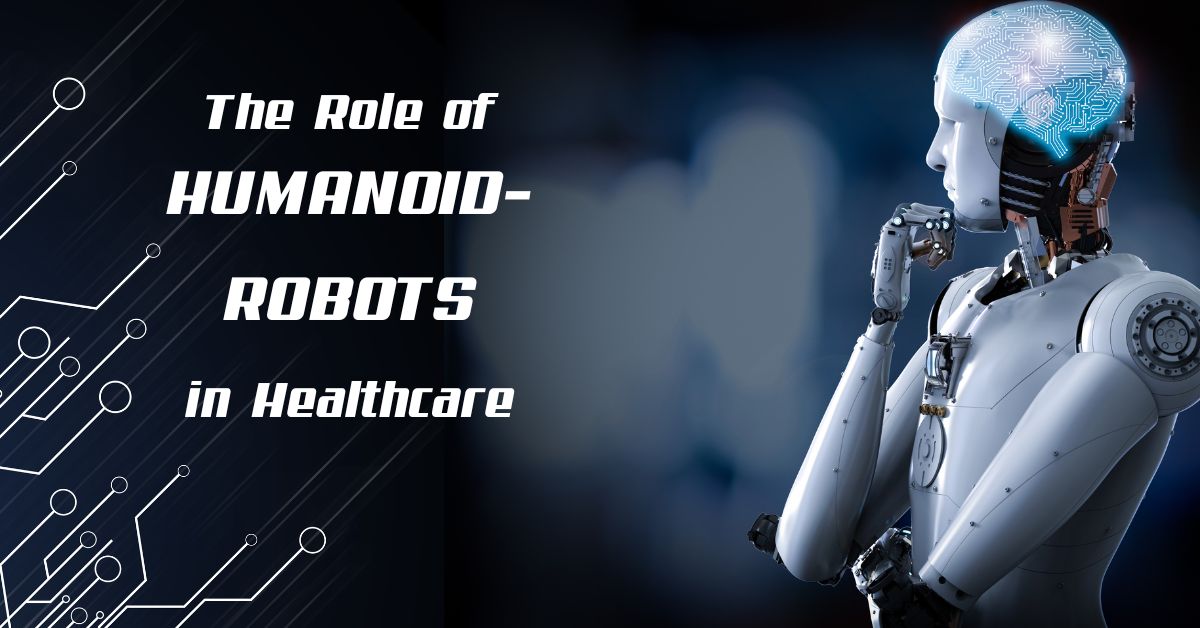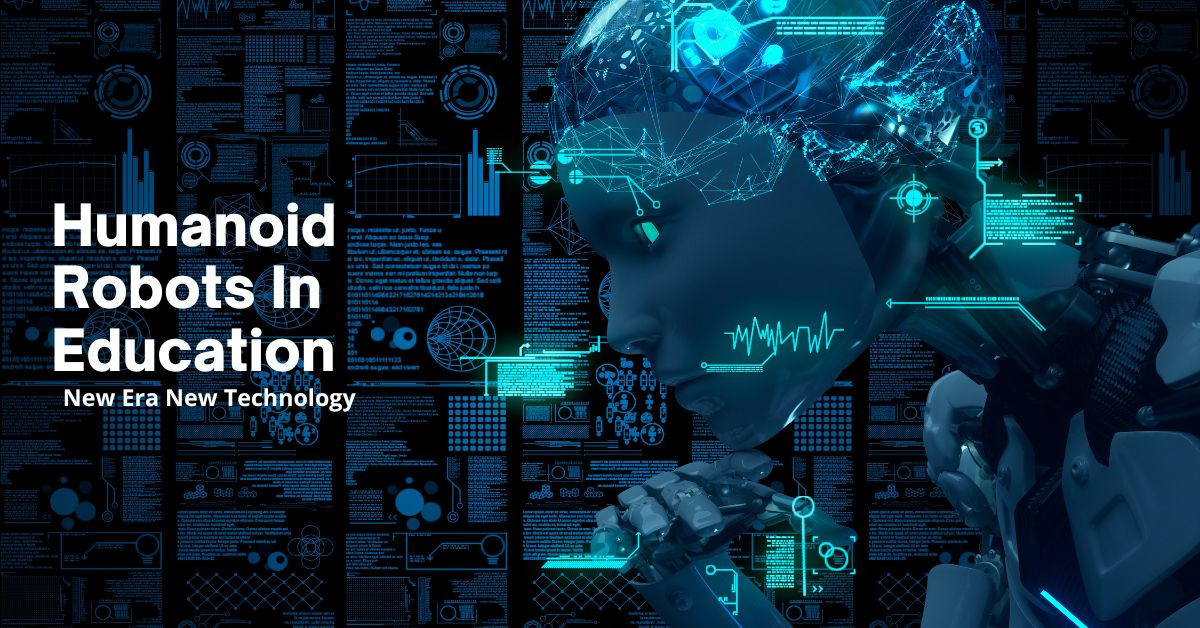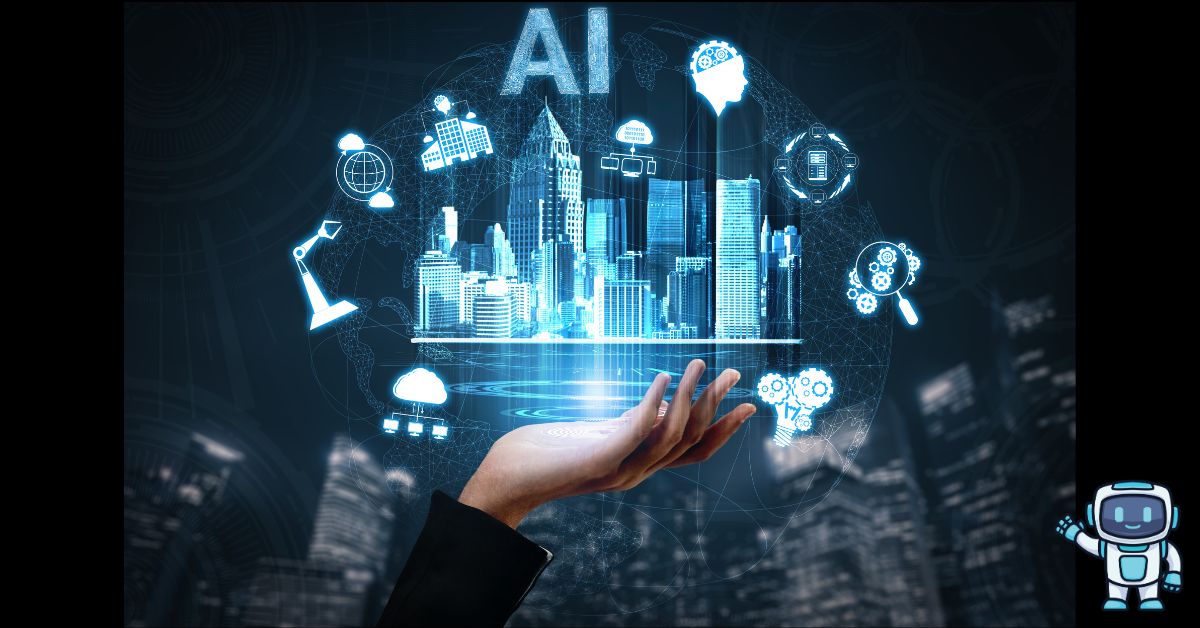Humanoid robots have transitioned from being a staple of science fiction to a noteworthy portion of our innovative scene. The quick progressions in manufactured insights, machine learning, and mechanical autonomy have driven the creation of modern humanoid robots that can perform a wide cluster of errands.The quick movement of advancement has presented a time where humanoid robots are not for the most part limited to the spaces of sci-fi. From their starting beginning focuses to the refined machines of nowadays, these robots are as of now taking tremendous steps over diverse ranges.
In this article, we will explore “The Rise of Humanoid Robots” highlighting the most later mechanical jump advances and looking at how they are reshaping businesses, updating human experiences, and affecting our day to day routines.
The Advancement of Humanoid Robots

Early Advancements in Robotics
The concept of these robots dates back to old civilizations, where automatons were outlined to perform basic errands. Be that as it may, the advanced time of mechanical autonomy started in the mid-20th century with the improvement of the to begin with programmable robots. These early machines laid the foundation for the modern humanoid robots we see today.
Key Milestones
- ASIMO by Honda: Presented in 2000, ASIMO was one of the to begin with humanoid robots able of strolling, running, and climbing stairs. It illustrated the potential of humanoid robots in performing human-like movements.
- Sophia by Hanson Mechanical autonomy: Propelled in 2016, Sophia got to be popular for her human-like appearance and capacity to hold discussions. She highlighted the progressions in AI and facial acknowledgment technology.
- Atlas by Boston Elements: Known for its exceptional deftness and adjust, Chart book can perform backflips, parkour, and different complex developments, displaying the advance in mechanical mobility.
Cutting-Edge Developments in Humanoid Robots
Artificial Insights and Machine Learning

The integration of AI and machine learning has been essential in upgrading the capabilities of these robots. These advances empower robots to learn from their environment, adjust to modern circumstances, and make strides their execution over time.
Natural Dialect Preparing (NLP)
NLP permits these robots to get it and react to human dialect. This capability is significant for applications in client benefit, healthcare, and instruction, where viable communication with people is essential.
Computer Vision
Computer vision empowers robots to decipher visual data from their environment. It permits them to recognize objects, explore situations, and associated with people more normally. This innovation is crucial for errands such as protest control and facial recognition.
Advanced Sensors and Actuators
Humanoid robots are prepared with a assortment of sensors and actuators that mirror human faculties and developments. These include:
- Proximity Sensors: Offer assistance robots distinguish adjacent objects and maintain a strategic distance from collisions.
- Tactile Sensors: Permit robots to sense touch and weight, empowering sensitive dealing with of objects.
- Gyroscopes and Accelerometers: Give adjust and steadiness, pivotal for bipedal robots.
Robotics and Prosthetics Integration
One of the most energizing advancements in these robots is their integration with prosthetics. Progressed mechanical prosthetics can reestablish versatility and usefulness to people with appendage misfortune, essentially progressing their quality of life.
Impact on Different Sectors
Healthcare

These robots are revolutionizing healthcare by giving help in surgeries, understanding care, and restoration. Robots like the da Vinci Surgical Framework permit for negligibly intrusive methods with tall exactness, decreasing recuperation times and making strides understanding outcomes.
Education

In instruction, humanoid robots serve as intuitively educating helps. They can lock in understudies, give personalized learning encounters, and help instructors in overseeing classrooms. Robots like Pepper by SoftBank Mechanical technology are as of now being utilized in schools worldwide.
Manufacturing

In fabricating, humanoid robots upgrade efficiency and security. They can perform monotonous assignments with tall precision, lessening the hazard of human blunder. Also, robots can work in dangerous situations, securing human specialists from potential dangers.
Customer Service
Hhese robots are progressively being utilized in client benefit parts. They can welcome clients, reply inquiries, and give data. This application is especially valuable in inns, air terminals, and retail stores, where proficient and neighborly benefit is essential.
The Future of Humanoid Robots
Ethical Considerations
The rise of these robots brings approximately moral contemplations that must be tended to. These incorporate concerns around work uprooting, security, and the potential abuse of automated innovation. Guaranteeing that these robots are created and utilized dependably is significant for their positive affect on society.
Enhancing Human-Robot Interaction
Future progressions will center on progressing human-robot interaction. This includes making robots more natural, compassionate, and competent of understanding human feelings. Upgraded interaction will make robots more successful in parts that require social engagement.
Expanding Applications
As innovation proceeds to advance, the applications of these robots will extend advance. We can anticipate to see robots playing parts in calamity reaction, space investigation, and indeed individual companionship. The flexibility of humanoid robots will make them vital in different fields.
FAQs
1. What are humanoid robots?
Humanoid robots are robots outlined to take after and imitate human frame and behavior. They regularly have a middle, a head, two arms, and two legs, and are prepared with sensors and actuators to connected with their environment.
2. How do humanoid robots affect healthcare?
In healthcare, humanoid robots help in surgeries, understanding care, and restoration. They improve accuracy in surgical strategies, give bolster to patients, and help in physical therapy.
3. What is the part of AI in humanoid robots?
AI empowers humanoid robots to learn, adjust, and perform assignments independently. It permits robots to get it and react to human dialect, recognize objects, and make strides their execution over time.
4. Are humanoid robots utilized in education?
Yes, humanoid robots are utilized in instruction to lock in understudies, give personalized learning encounters, and help instructors. They make learning more intuitively and can oversee classroom activities.
5. What moral contemplations are related with humanoid robots?
Ethical contemplations incorporate concerns almost work uprooting, security, and the abuse of mechanical innovation. It is vital to create and utilize humanoid robots dependably to guarantee their positive affect on society.
Conclusion
The rise of humanoid robots marks a critical point of reference in mechanical advancement. “The Rise of Humanoid Robots: Cutting-Edge Developments and Their Affect” grandstands how these progressed machines are changing different segments, from healthcare and instruction to fabricating and client benefit. As we proceed to create and coordinated these robots into our day by day lives, it is fundamental to address moral contemplations and guarantee that these innovations are utilized for the improvement of society. The future of humanoid robots holds monstrous potential, promising to upgrade human capabilities and make strides our quality of life.

